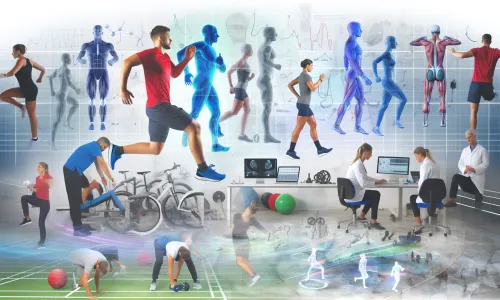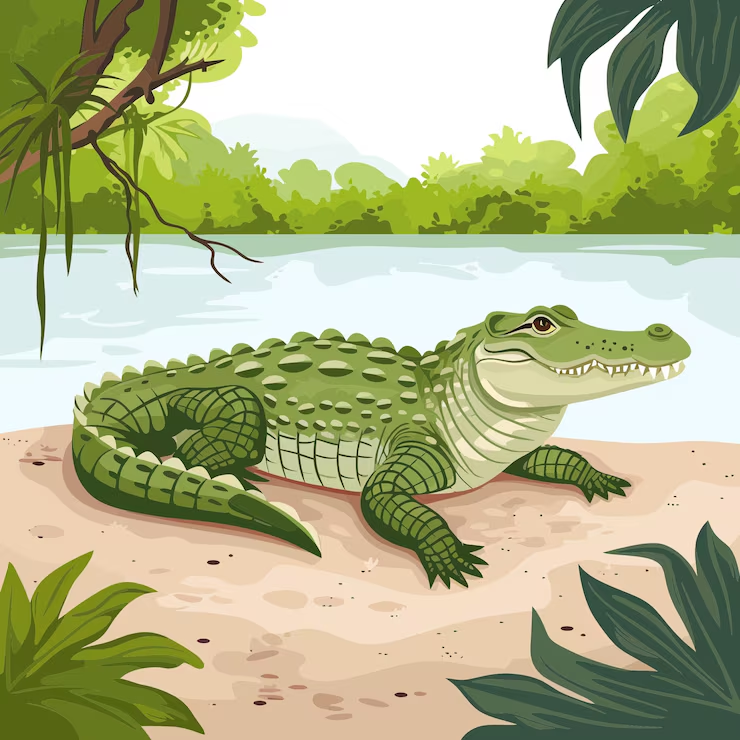Answers For Sports science
Answers and detail explain for Sports science
Explain
Sports science

Steve: Good morning, guys. Come on in.
Mike: Thanks. Steve - its good of you to spare us some of your time.
Flo: Yeah - we really appreciate it.
S: That's OK. So you're studying sports science, are you?
M: Yeah - we've only just started our course, actually - but as I explained on the phone, um, we have this seminar to do on sports injuries and we thought, who better to talk to than someone like yourself?
S: Fine, OK. So what would you like to know?
F: Well, we thought we'd start by asking you about some of the treatments and services you offer here at the clinic.
S: OK - well, as you know, physiotherapists deal with a whole range of different 'problem areas' in the body.
M: Yeah - what sort of techniques do you use to help people? I mean, I know you use massage - and I understand that's a key form of treatment…
S: Yeah. 1Well, we call it 'manual therapy', you know, because it's a hands-on treatment and it just involves manipulating the soft tissue around a joint to relieve stiffness and pain.
F: Is that something that a lot of people come here for?
S: Um - well, we generally decide what's best for the individual. 1This treatment can hurt sometimes, but it gets results more quickly than anything else.
F: And is that true whatever the injury?
S: For sports injuries, generally, yes. But it doesn't stop there - you have to do other things as well.
M: 2I've heard of something called 'stability training'. Do you do that?
S: Definitely. 2This is something that's designed to improve overall posture and body shape.
M: So it's for the back and neck?
F: I think I've heard of this ... it works on everything and gives you more power.
S: 2Yeah - this is important - we improve your overall form, and that's quite good if you're tired or a bit weak.
F: Do you use any aids to boost performance?
S: Occasionally we recommend a pad or block for a sports shoe, but not often.
M: What about electrical equipment?
S: 3We do sometimes use electrotherapy, which is supposed to stimulate the body to repair itself.
F: So that's actually using a small electrical charge?
S: Yes, but there's growing evidence that the effect is limited.
M: So I guess you don't use it much?
S: No -3 we tend to avoid it most of the time.
M: I see. What if people don't have an injury but just want to get better at their sport? I mean, sometimes people know they do something wrong when they … swing a golf club, for example.
S: Ah - then 4we film them and show them exactly what they do. It's called video analysis.
F: That must be really helpful.
S: 4It's what everyone asks for it outstrips all our other services - because it's great for so many activities - not just sporting ones.
M: Can you help people with sedentary activities?
S: Absolutely - we offer workstation analysis because so many people have asked us for it.
F: Yeah. I spend hours on my laptop, and as the day goes on, my posture gets worse and worse!
S: That's why we tend to suggest that people come at the end of the day for this.
M: I guess the problem is that everyone's built differently. I think we both need some help there.
F: That was really interesting. So what happens when someone comes to your clime?
S: Well, let's imagine you're the patient.
F: OK
S: 5A common situation will be that you sustained an injury, say, a year ago. So it's not new so you turn up with what we call an 'existing injury'
F: Right. Like I sprained my ankle.
S: Exactly - that's a typical one.
F: OK, and I've been to the doctor. and he's sent me to the hospital for an X-ray, and then I've been prescribed a cream or even painkillers.
S: You've been through that medical route.
F: OK. And I had to rest it for a while, of course, and that meant not doing any sport. So I've come to you because I'm fed up, basically.
S: 6Yes - you need to get the joint moving again. So what we would do first is to assess the damage to the joint area.
F: I guess there's a whole range of problems that it could be, and some are more serious than others.
S: And we can't afford to make mistakes. 7Now, once we know what the problem is, we select a treatment -perhaps one that we talked about earlier - plus we design an exercise plan for you.
F: That's great if you stick to it.
S: Yes, that's the hard part for patients because they don't have time or they get bored. 8So we ask them to come back regularly - we make appointments - and we monitor the movement in the joint each time.
F: And you expect that to work?
S: Yes. and it usually does - quite quickly, in fact, and then we can go on to rehabilitation.
F: You mean getting them back into the sporting activity they used to do?
S: That's right. 9We have a fully equipped gym and we devise a training plan - well, a personal trainer does that, and they oversee the programme for at least a couple of months and make sure the patient carries it out.
F: It sounds really thorough. That's great. Steve, thanks.
Question 1 - 4:
What comments do the speakers make about each treatment or service? Choose FOUR answers from the box and write the correct letter, A-F, next to Questions 1-4.
|
Comments A It strengthens the whole body. B It is the most popular. C It requires special sportswear. D It is the most effective. E It is best done in the evening. F It is rarely used. |
Treatments and Service
What comments do the speakers make about each treatment or service? Choose FOUR answer from the box and write the correct letter, A-F, next to Questions 1-4.
Correct answer: B
Correct answer: A
Correct answer: F
Correct answer: B
Complete the flow chart below. Write NO MORE THEN TWO WORDS for each answer.
Example of patient route
- Arrives at clinic with an 5 (existing injury | injury)
- Physiotherapist evaluates 6 (the damage | damage) to ankle.
- Treatment is given, and an 7 (exercise plan) is prepared.
- Return trips are made to check joint 8 (movement)
- A 9 (personal trainer) supervises activity in the gym.
![[Forecast Q2-2025] - Biology lecture](https://static.helik.app/reading/8fd3d7d2-ccf9-47a3-8920-2e7a3b0d6607)
![[Forecast Q2-2025] - Living in the City](https://static.helik.app/reading/1a60bcf3-f3a7-4e9b-97a2-94d156a0de3b)
![[Forecast Q2-2025] - Student Union](https://static.helik.app/reading/fb443123-8c1d-447e-8c79-5a01650f4754)
![[Forecast Q2-2025] - Fruit-picking Job in an Orchard](https://static.helik.app/reading/e1968346-6c55-44ae-b8d3-f6a4fb7207b9)
![[Forecast Q2-2025] - University Crime Prevention](https://static.helik.app/reading/bdda593e-16d6-4c72-8a12-b116e917b27c)
![[Forecast Q2-2025] - Business Course](https://static.helik.app/reading/3308e282-99a6-4bcb-9d22-0b488701d968)
![[C20T1] - Choosing a restaurant](https://static.helik.app/reading/e9b21123-c43c-42fb-88b7-5d0be3a37e03)
